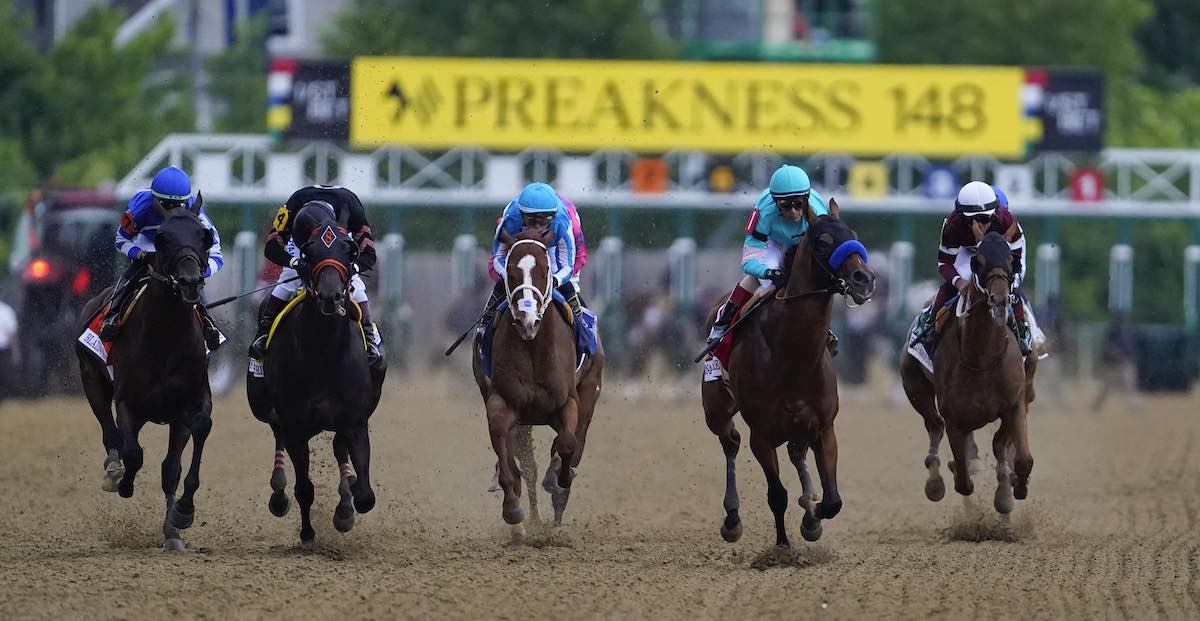Pimlico Operator Considering Changing Date for Preakness Stakes
Pimlico Operator Considering Changing Date for Preakness Stakes
The Preakness Stakes, one of the most prestigious horse racing events in the United States, may see a change in its traditional date. The operator of Pimlico Race Course, where the race is held, is considering moving the event to a different time of the year. This potential change has sparked discussions and debates among racing enthusiasts and industry professionals.
The Preakness Stakes is the second leg of the Triple Crown, following the Kentucky Derby and preceding the Belmont Stakes. Traditionally, it has been held on the third Saturday in May, two weeks after the Kentucky Derby. However, the Maryland Jockey Club, which operates Pimlico Race Course, is exploring the possibility of moving the race to a later date in June.
The main reason behind this potential change is to attract a larger audience and increase revenue. The current timing of the Preakness Stakes often clashes with other major sporting events, such as the NBA and NHL playoffs. This competition for viewership can negatively impact the race’s television ratings and attendance figures. By moving the event to a less crowded time of the year, organizers hope to draw more attention and generate higher revenues.
Another factor contributing to this consideration is the condition of Pimlico Race Course itself. The aging infrastructure of the track has been a cause for concern for several years. The facility requires significant renovations and upgrades to ensure the safety and comfort of both horses and spectators. Moving the Preakness Stakes to a later date would allow more time for these improvements to be made without disrupting the racing schedule.
However, changing the date of such a historic event is not without its challenges. The Triple Crown series has a long-standing tradition, and altering the timing of one race could have a ripple effect on the entire horse racing calendar. Additionally, horse owners and trainers carefully plan their horses’ racing schedules, and a date change could disrupt their strategies. These concerns must be carefully considered and addressed before any decision is made.
Furthermore, the weather conditions in Maryland during June could pose a challenge. May is generally considered a more favorable time for horse racing, with milder temperatures and less humidity. Moving the Preakness Stakes to June may expose horses and jockeys to hotter and more unpredictable weather, potentially affecting their performance and safety.
The potential date change for the Preakness Stakes has sparked mixed reactions from racing enthusiasts. Some argue that it is necessary to adapt to the changing landscape of sports and attract a wider audience. They believe that a later date could help the race stand out and gain more attention. Others, however, emphasize the importance of tradition and worry about the potential consequences of altering the Triple Crown series.
Ultimately, the decision to change the date of the Preakness Stakes lies in the hands of the Maryland Jockey Club. They must carefully weigh the pros and cons, considering factors such as audience reach, facility improvements, and the impact on the horse racing industry as a whole. Whatever the outcome, it is clear that this potential change will continue to be a topic of discussion among racing enthusiasts and industry professionals alike.
